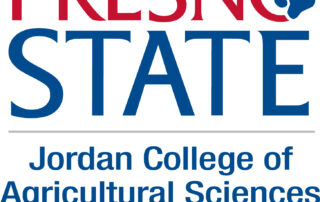CDFA Accepting Applications For 2023-24 CA Farm To School Grant Program
Courtesy of the CDFA News
The California Department of Food and Agriculture Office of Farm to Fork (CDFA-F2F) is accepting applications for the 2023-24 California Farm to School Incubator Grant Program, until 5 p.m. PDT April 4, 2024.
The program will award competitive grants to support projects that cultivate equity, nurture students, build climate resilience, and create scalable and sustainable change.
To support a systems approach to advancing farm to school throughout the state, the program offers four funding tracks:
• Track 1: The California Farm to School TK-12 Procurement and Education Grant
• Track 2: The California Farm to School Technical Assistance (TA) Grant
• Track 3: The California Farm to Early Care and Education (ECE) Grant
• Track 4: The California Farm to School Producer Grant
Visit the California Farm to School Incubator Grant Program webpage to view the formal request for applications, access the online portal through which applications must be submitted, and register for informational webinars.
The California Budget Acts of 2021 and 2022 made appropriations for the 2023-24 California Farm to School Incubator Grant Program. CDFA will make a total of up-to $52.8 million available via the four funding tracks outlined above. The amount of funds awarded in each funding track will depend on the number of competitive applications received in each funding track.
For assistance and questions related to the Farm to School Incubator Grant Program process, please email cafarmtoschool@cdfa.ca.gov.













